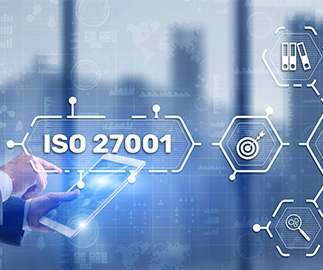The Most Overlooked Security Issues Facing the Financial Services
Solutions Review
SEPTEMBER 8, 2023
Cybersecurity and Infrastructure Security Agency (CISA) adds these 3 security issues to its list.” …to They are the greatest current oversight in cybersecurity. Please note: usually when the initial gap analysis is done (remember step 1), you end up with a long list of deviations. Now’s the time to iron them out.













Let's personalize your content